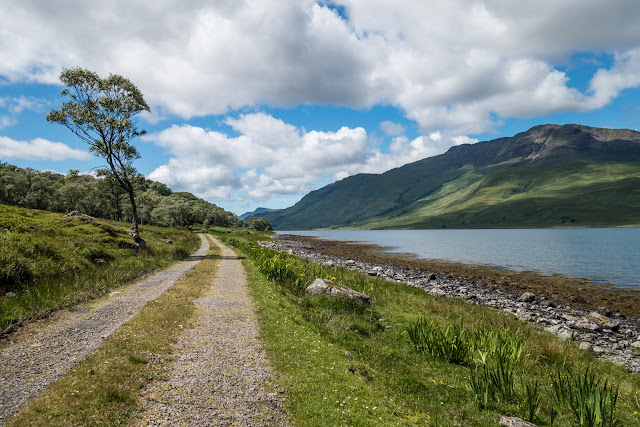Stackpole Estate - my first visit
A `must visit` place in Pembrokeshire is the NT Stackpole estate which has some of the most stunning coastal views to be found anywhere. It’s difficult to imagine the many buildings that may have graced the Stackpole Court site over the centuries. Occupied since Norman times, the Stackpole Estate has seen its fair share of boom and bust over the centuries. The Campbell's built the early Georgian mansion of Stackpole Court in the Palladian style in the 1730s on the site of the earlier fortified house.
Two world wars heralded a century of decline at Stackpole. Half of the estate, around 6,000 acres, was requisitioned by the Ministry of Defence to form Castlemartin Range in 1938.
Sir John Campbell II inherited the estate in 1777 and began landscaping work on a grand scale. What was once a valley was later flooded to create the Bosherston Lakes, as part of a designed landscape, and thousands of trees were planted.
Thirteen years later, what was left of this historic estate was broken up and the farms were sold. Thankfully the coast, woods and lakes passed to the National Trust and were saved for the nation.
Stackpole Quay
Today we intended to walk the remains of a once grand Stackpole Estate. We started near Stackpole Quay, a small harbour nestled in amongst the cliffs which is a favourite venue for kayakers who can be seen bobbing up and down exploring the caves and cliffs nearby.
Then onto Stackpole Head itself, a stunning piece of coastline with the amazing Stackpole towering cliffs with bird life in abundance nesting on it`s ledges.
Further along we came to Barafundle bay – a small bay backed by dunes and pine trees.
Then we reached Broadhaven South beach and before turning toward the lakes of the Stackpole estate, over the Eight Arch bridge picking up a cache and eventually arriving back at our car park.
Sandwich, cake and coffee at The Boathouse was a great finish to a stunning walk.
The rugged coast near Stackpole Head
Stackpole Head where the sea has sculpted stacks, caves, arches, inlets and headlands, and where razorbill, guillemot, chough, peregrine and raven live. Unfortunately the tide was high at the time we did our walk but from the top it was still dramatic to say the least.
Rosey photographing Gannets nesting on the ledges of Stackpole Head and Stackpole Headland itself, one of the most spectacular parts of this walk
Barafundle Bay
Barafundle Bay – a small bay backed by dunes and pine trees, accessible only by a half mile walk from the nearest car park. Swathes of golden sand and crystal clear waters, Barafundle has been voted many, many times as one of the best beaches in Britain and the world; it’s often likened to a Caribbean beach! This pristine beach is isolated which means no facilities; so everything you take has to come back up over the cliffs.
A large jellyfish stranded on the sands at Barafundle bay
Church Rock - I guess it looks a bit like one.
The Eight Arch Bridge on the Stackpole Estate is a grade II listed construction.. It is owned and maintained by the National Trust.
The bridge was built in 1797[2] to connect Stackpole Court and Home Farm to Stackpole Quay and the New Deer Park. At some point face-to-face iron ties were added to hold the bridge together.
On 2 August 1996 it was listed by Heritage in Wales (now Cadw) as grade II for its eye catching nature as a major feature of Stackpole Park, and as part of the Stackpole group of buildings.
The bridge is built over a weir between two ponds (part of the Bosherston Lily Ponds). There are eight segmental arches in limestone, one with slightly projecting keystones. The arch rings are in ashlars; the rest of the arches in common stonework. There are a low rebuilt parapet walls, with slight wing walls at each end, on either side of the 3.3-metre (11 ft) roadway.
There is a series of interconnecting lakes, created at the turn of the 19th century by Baron Cawdor, once the owner of the Stackpole Estate. He dammed a small tidal creek which then flooded the three tributary valleys. Subsequent drifting of sand has created a large marram grass-covered dune system behind the beach. The lakes are abundant in wildlife, with herons prowling the shallows, swans, ducks, moorhens and coots all easily visible on the surface, and shyer creatures such as kingfishers often spotted. The Lily Ponds, which are made up of the two westerly fingers, are managed as a National Nature Reserve, and the lilies themselves are at their best in June, while the woodland is a magnificent spectacle in spring and autumn.
Well, all good things come to an end, so promptly the following morning we pointed our car east and headed for home.















Comments